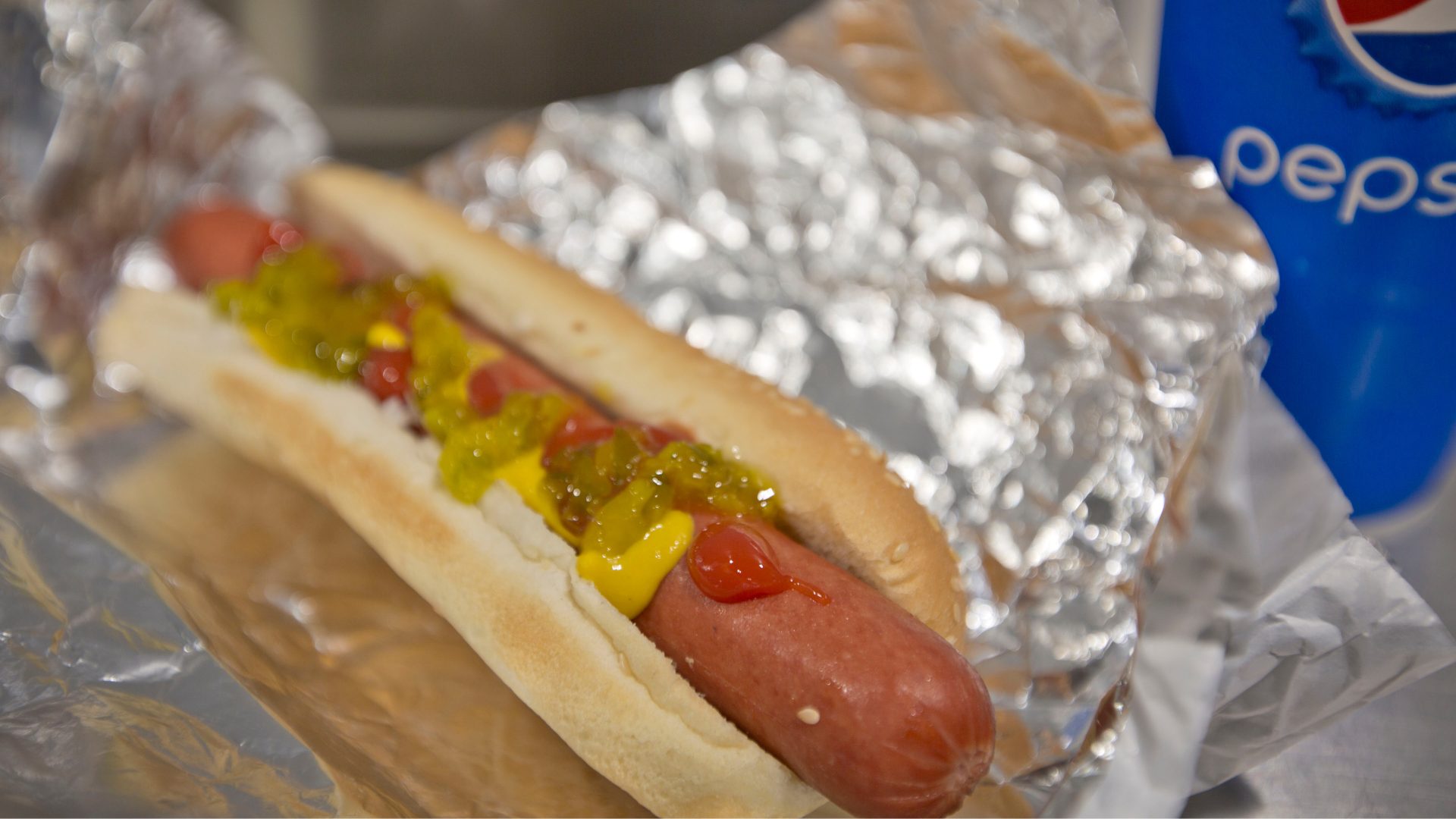Supply chain backups are easing – if ever so slightly – according to one industry executive.
“As economies open back up, there are fewer restrictions on the movement of people and goods,” Barry Bradley, head of supply chain at Crisp, told The Food Institute this week. “Demand planning is getting better as companies have more data on consumption patterns and manufacturing and transportation can be scheduled further in advance.”
That said, Crisp – an open data platform that aids companies with supply chain concerns – says many of the food brands it works with expect significant backlogs into 2023. The conflict in Ukraine has added to existing supply constraints.
“We’re adjusting to the new normal, and it will take time,” said Bradley, who has also worked in supply chain roles with the likes of General Mills and Target.
Bradley also noted that grocery e-commerce continues to accelerate and the infrastructure supporting it, including last-mile delivery, is still ramping up to keep pace with demand.
CURRENT PAIN POINTS
A tight labor market means everything costs more, Bradley added. From manufacturing to transportation and logistics, to stocking shelves in retail stores, CPG brands are struggling to find ways to make, move, and get their products into consumers’ hands efficiently.
Meanwhile, after two years of occasional pandemic-related lockdowns, the true demand signal for food products is rather murky. Brands are looking for clear data signals to identify their average weekly sales and growth rates to plan manufacturing and distribution.
LESSONS LEARNED
The pandemic provided food companies with some valuable reminders about the supply chain, Bradley said, such as the following:
Leaner isn’t always better. Holding more inventory, especially in raw materials, can be a strategic advantage when there are shocks in the supply chain, he said. Tracking and managing inventory through real-time data and velocity dashboards are helping food companies.
Prioritization is critical. “When the pandemic hit, many brands rationalized their SKUs and stopped producing slower-selling items,” Bradley noted. “Many food brands now feel it’s better to ensure their flagship items are always in stock and focus on finding the right places to sell their brands to maximize sales velocity per store, per week.”
Contingency plans are imperative. Bradley said having open communication with suppliers and customers helps clarify expectations, and allows food companies to proactively identify and address potential issues, helping them, ultimately, preserve key relationships.
SUPPLY CHAIN ADVICE
Bradley has two key pieces of advice for food companies trying to navigate supply chain issues:
Establish clear priorities. Tradeoffs need to be addressed in the food supply chain – often at a moment’s notice, given the pace of change.
“With clear priorities and processes in place, teams are able to react quickly and make decisions that will put their brand in the right place to capitalize on opportunities while managing supply chain risks.”
Collaborate frequently. Having staff, suppliers, and customers on the same page, with updated information on product supply needs and constraints, is essential in 2022.
“This allows companies to avoid sudden out-of-stocks that damage relationships with customers and consumers and create waste in the food supply chain,” Bradley said.
OUTLOOK
How much longer will the industry be ensnared in supply chain backups?
“It will likely take into 2023 for consumers to stop noticing the ongoing effects of food supply chain challenges,” Bradley said, citing concerns like the war in Ukraine.
Looking longer term, he doesn’t expect to see pre-pandemic efficiency for years, mainly because food companies’ strategies regarding supply chains are changing, with food brands often shifting from “just-in-time” supply chains to a strategy of holding onto inventory, especially raw materials.
“These new supply chains will be less ‘efficient’ financially,” Bradley said, “but ultimately more resilient.”












